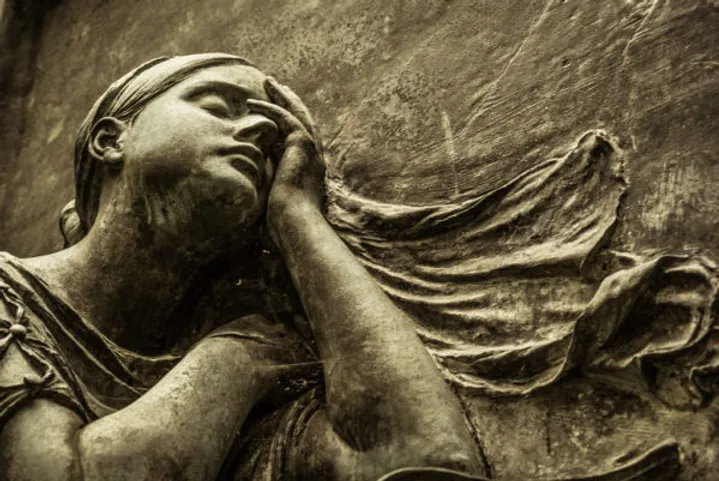Collective trauma is expansive, inescapable, and often persistent. This type of trauma extends across communities and becomes transmitted across generations. This type of trauma impacts us at every level of our experience, from our day-to-day individual lives up to our largest social institutions.
Bringing to mind our current experience with collective trauma
When we think about our experience with the coronavirus, the current collective trauma, we might become aware of anxiety. The way stress from uncertainty weighs us down without relief. Furthermore, we experience feeling extra vigilant and alert when we are out and about in public. Because we worry about the exposure risk from our fellow human beings. Now, people near us in public places threatens our welfare. We might be sleeping more, eating more, drinking more and worrying more.

While alone during shelter-in-place orders, we grappled to find meaning in the event. Likewise, we felt anger towards public leaders who failed to provide comfort, unity and meaning. Powerlessly, we watched healthcare workers, grocery store clerks and delivery drivers put their health on the line to take care of others without adequate protection. We may have experienced a desire to deny how threatening the virus is, and we may feel rage towards our loved ones who continue to do so.
Throughout March and April, we struggled to take care of ourselves. For many of us, our usual strategies for feeling okay were no longer adequate. We struggled with finding ourselves overstimulated, strung out and irritable. At times, we also found ourselves stuck on the couch, unable to rally and feeling overwhelmed. We gave ourselves permission to just do our best.
Consider living within collective trauma all the time
Now that we’ve brought to mind our experience living through this pandemic, a life-threatening, anxiety-provoking collective trauma, please imagine what it would be like to live this way all the time. Think about knowing this was true for your parents, grandparents, great-grandparents – generations of your family, living within collective trauma. Struggling to overcome the daily drain from additional stress.
Imagine going out in public with extra vigilance all the time, paying attention to your surroundings and how people are behaving in order to stay safe. Consider living in a world where you are more likely to be arrested for drug or alcohol use. Imagine being constantly talked about in the news for your “failure” to succeed because you’re struggling to cope, instead of being encouraged to care for yourself and take it easy.
Remember feeling angry towards civic leaders for their lack of leadership, their blindness to the public good, and feeling powerless. Now imagine that’s been your experience for as long as you can remember. Consider the difficulty in finding meaning in your family’s long history of intentional trauma, centuries of being enslaved, beaten, raped and stripped of any form of agency at the hands of your fellow citizens. Imagine that threat includes violence and the risk of death at the hands of police – right now, today.
Notice what you’re feeling in your body
As we reflect on our experience of about twelve weeks of collective trauma from coronavirus and the centuries of collective trauma around racism, it helps to notice our bodies. Locating where we feel tension, maybe in the pit of our stomach. Perhaps our palms are sweaty, or our heart feels heavy. Maybe we feel a little dizzy and desire to really stop thinking about it.
We must recognize that those body sensations (or the numbness and desire to flee) come from internalized trauma. Living in a racist society directly traumatizes black and indigenous people of color (BIPOC). And it vicariously traumatizes those of us with privilege too.
As long as racism endures, the trauma doesn’t stop. The anxiety doesn’t stop. The vigilance doesn’t stop. This accumulated trauma damages a person’s sense of agency, trust in themselves and others, the ability to be close to others and the ability to feel safe. It tears at the fabric of our community, depriving us all of a resilient, non-violent culture.
Now, think about the protests and learn
Recently, people poured into the streets to protest this ongoing, systemic, collective trauma. To protest cops who appear to be accountable to no one. To step up and refuse to be complicit bystanders any longer. We do this because we recognize that even though we benefit from the privileges of being white, we experience major losses as well.
Often we find that confronting collective trauma and those who perpetuate it feels overwhelming, scary, uncomfortable and risky. It’s important to recognize that those feelings are a direct result of the collective trauma we call racism and work to become comfortable with them. We must overcome the temptation to look away and avoid discomfort.
For those of us beginning our journey to become anti-racist, start with listening. Open your heart and consider the experiences and history of others. Learn about the complete history of the United States, that incorporates the experiences of the marginalized. Take time to confront the present day microaggressions and major aggressions against BIPOC in our present day.
Taking time to take on this struggle as our own, even though we will never fully understand the pain of oppression, increases our ability to form new collective narratives that can heal our country from the collective trauma of racism. Increasing our understanding enables us to risk our discomfort in the future, when discrimination happens in front of us. Listening, reading and incorporating a coherent narrative about our culture will heal and liberate us all. Because the secret to undermining the collective trauma of racism is deeply felt empathy.
Recommended reading:
- FBI Asks for Evidence of Individuals Inciting Violence During Protests, People Respond With Videos of Police Violence
- The Root: Timeline of Protests
- Protest News, a Twitter Thread
- The Guide to Allyship
- Anti-Racism Resources
- Research-Based Ways to Stop Police Violence
- White People Hate Protests: A Zine
